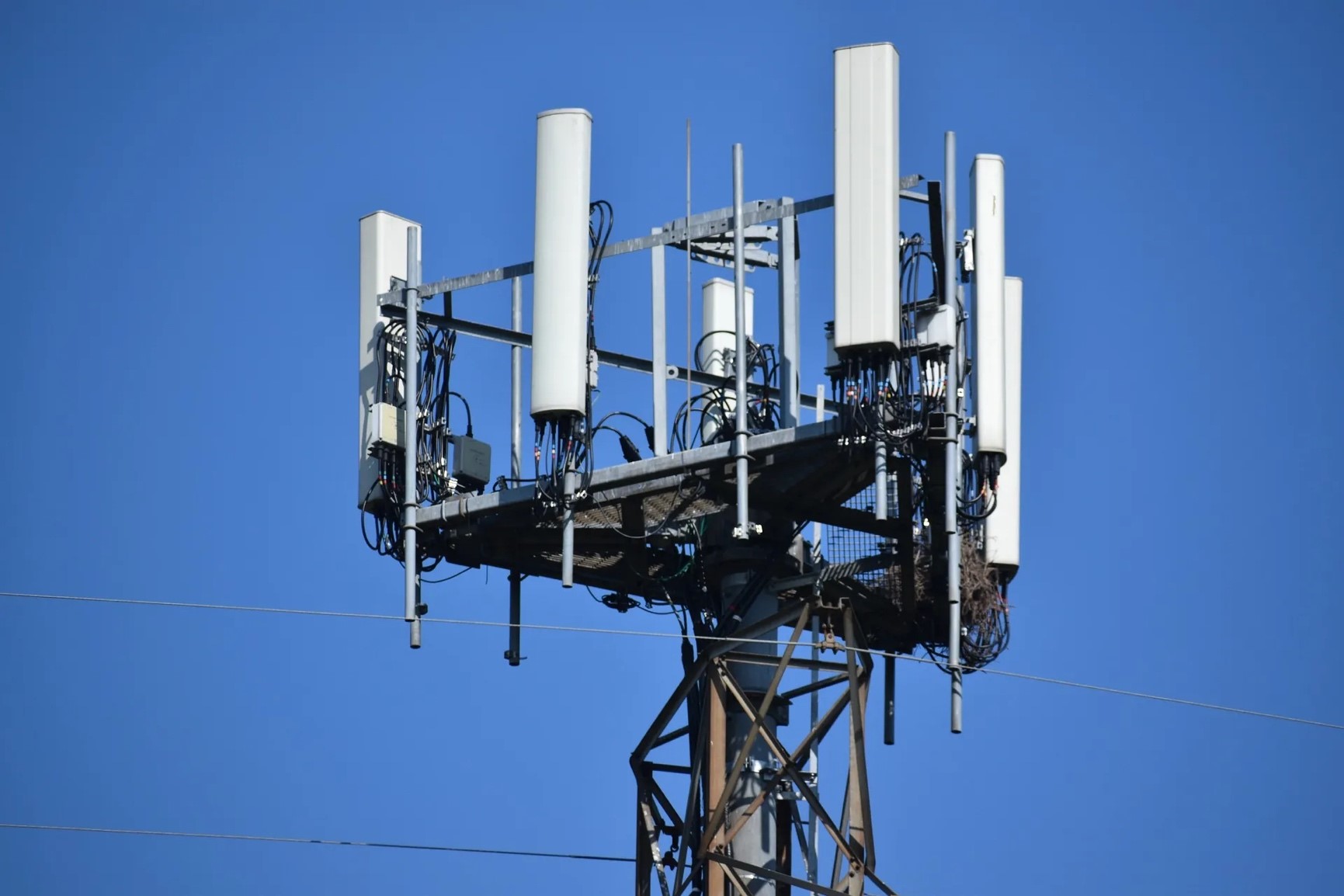Free Courses Sale ends Soon, Get It Now


Free Courses Sale ends Soon, Get It Now



Disclaimer: Copyright infringement not intended.
Context
Details
Key Features and Advantages
Technical Aspects
Deployment and Adoption
Future Prospects
VoNR/Vo5G in India: Evolution from VoLTE
Advantages of VoNR over VoLTE
Adoption and Requirements for VoNR in India
VoNR's Arrival in India and Carrier Initiatives:
Future of VoNR in India:
|
PRACTICE QUESTION Q. Discuss the potential impact and challenges associated with the introduction of Voice over New Radio (VoNR) or Voice over 5G (Vo5G) technology in the Indian telecommunications landscape. How does this technological advancement represent an evolution from Voice over LTE (VoLTE), and what are the prerequisites for its successful implementation in the country? (250 Words) |
© 2024 iasgyan. All right reserved